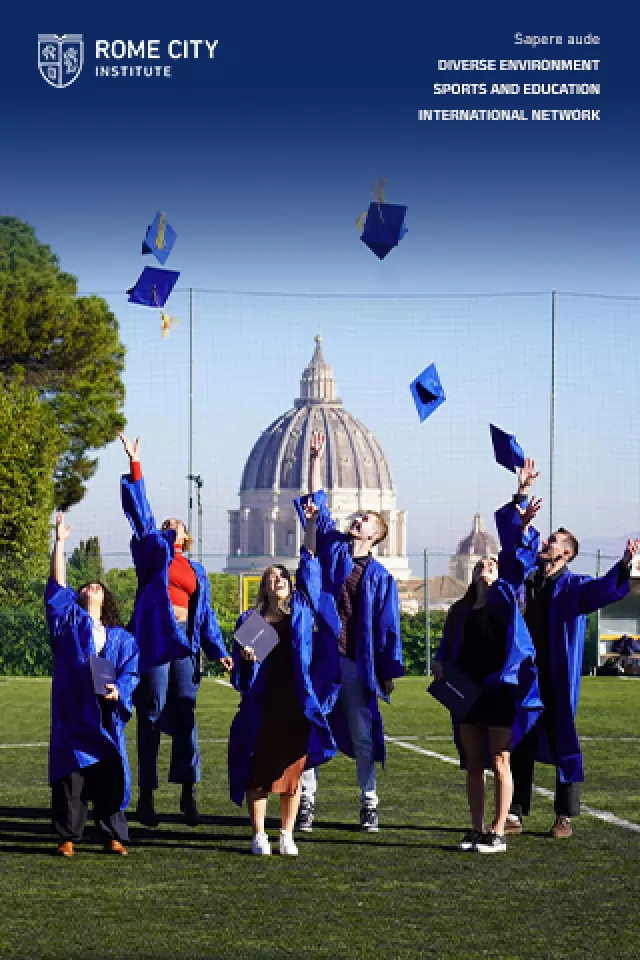The Mausoleum of Augustus, an iconic funerary monument located in Piazza Augusto Imperatore in the Campo Marzio district, is a testament to Rome’s rich historical and architectural legacy. Its story is interwoven with the city’s evolution, reflecting transformations from antiquity through the Middle Ages and into the modern era. This monumental structure has recently undergone significant restoration, reflecting a broader urban regeneration initiative that includes contributions from prominent institutions such as the Bvlgari Hotel.
The mausoleum was initiated by Augustus in 28 BC upon his return from Alexandria, following his conquest of Ptolemaic Egypt and the defeat of Mark Antony at the Battle of Actium in 31 BC. Inspired by the Hellenistic-style tomb of Alexander the Great, Augustus envisioned a circular plan for his mausoleum, marking a grand gesture towards cementing his legacy in the heart of Rome. It became the final resting place for Augustus himself and several members of the Julio-Claudian dynasty, including his successors and relatives.
During the 12th century, the robust foundations of the mausoleum were repurposed by the Colonna family, who transformed the remaining structures into a fortress. In the 16th century, the monument passed to the Orsini family, who further excavated and repurposed parts of the site, including discovering one of the obelisks that originally adorned its entrance.
During the fascist regime between 1936 and 1940, significant changes were made to the area surrounding the mausoleum. The buildings that had encroached upon the structure were demolished to reveal the ancient monument. This urban planning effort, led by architect Vittorio Ballio Morpurgo, culminated in the creation of Piazza Augusto Imperatore in 1938, aligning with the regime’s broader goal of glorifying Rome’s imperial past.
The latest phase of restoration began in 2008, focusing on the internal structure through stratigraphic excavation. This project aimed to recover the mausoleum’s original form by stabilizing the less solid parts and enhancing the area’s safety. In March 2014, the Rome city council approved a 12 million euro project to renew the surrounding square, including new paving, decorations, and the construction of an auditorium.
The restoration efforts received a significant boost in 2017 when the TIM Foundation undertook the project, completing the interventions by 2020. The mausoleum reopened to the public on March 1, 2021, with visits available by reservation, allowing Romans and tourists to reconnect with this historic site.
In tandem with these efforts, the Bvlgari Hotel has played a pivotal role in the broader regeneration of Piazza Augusto Imperatore. The Bvlgari Hotel Roma, which opened in 2022, transformed a 17,000 square meter building from the 1930s into a luxury hotel that reflects the aesthetic sensitivity of the Age of Augustus. The hotel seamlessly blends with the historical surroundings, contributing to the area’s revitalization.
Bvlgari’s commitment extends beyond the hotel itself. The Maison has funded the restoration of sculptures on the monument to Victor Emanuel II (Vittoriano), reflecting its dedication to preserving Rome’s heritage. This project allows visitors to observe restoration progress, reinforcing Bvlgari’s link to the Eternal City and its treasures.
Jean-Christophe Babin, CEO of the Bvlgari Group, emphasized the brand’s dedication to Rome’s cultural preservation, stating to Italian sources, “The restoration will ensure the preservation of the sculptures on the main elevation of the Vittoriano, restoring the full legibility of the gilded finish of the bronze elements.”
Working near Piazza Augusto Imperatore offers a unique experience, blending Rome’s historical grandeur with modern elegance. As Guilianna Rossi, a local barista, notes, “The area is vibrant and bustling, with a mix of locals, tourists, and business professionals. The atmosphere is lively, making it an exciting place to work.”
The Bvlgari Hotel attracts a high-end clientele, bringing a cosmopolitan flair to the neighborhood. This influx of international tourists, business travelers, and celebrities benefits local businesses, creating a dynamic economic environment. However, there are concerns about the commercialization and potential loss of the piazza’s historical charm. As Rossi mentions, “If the hotel can balance its luxurious offerings with respect for the area’s heritage, it could be a positive influence.”
Enzo Forcucci, a Bvlgari Hotel employee, adds that the hotel is dedicated to enhancing the piazza while preserving its historical significance. The restoration efforts aim to create inviting public spaces, respecting the architectural heritage while introducing contemporary elements.
The renovation of Piazza Augusto Imperatore, driven by both public initiatives and private investments like those from Bvlgari, highlights a balanced approach to urban development. It underscores the importance of preserving historical sites while adapting them to modern needs. The restoration projects ensure that Rome’s rich heritage is not only protected but also celebrated, providing a bridge between the past and the future for locals and visitors alike.
General Info
View on Map
Piazza Augusto Imperatore, History and Renovation of this iconic Roman landmark
Piazza Augusto Imperatore, 00186 Roma RM, Italia

















